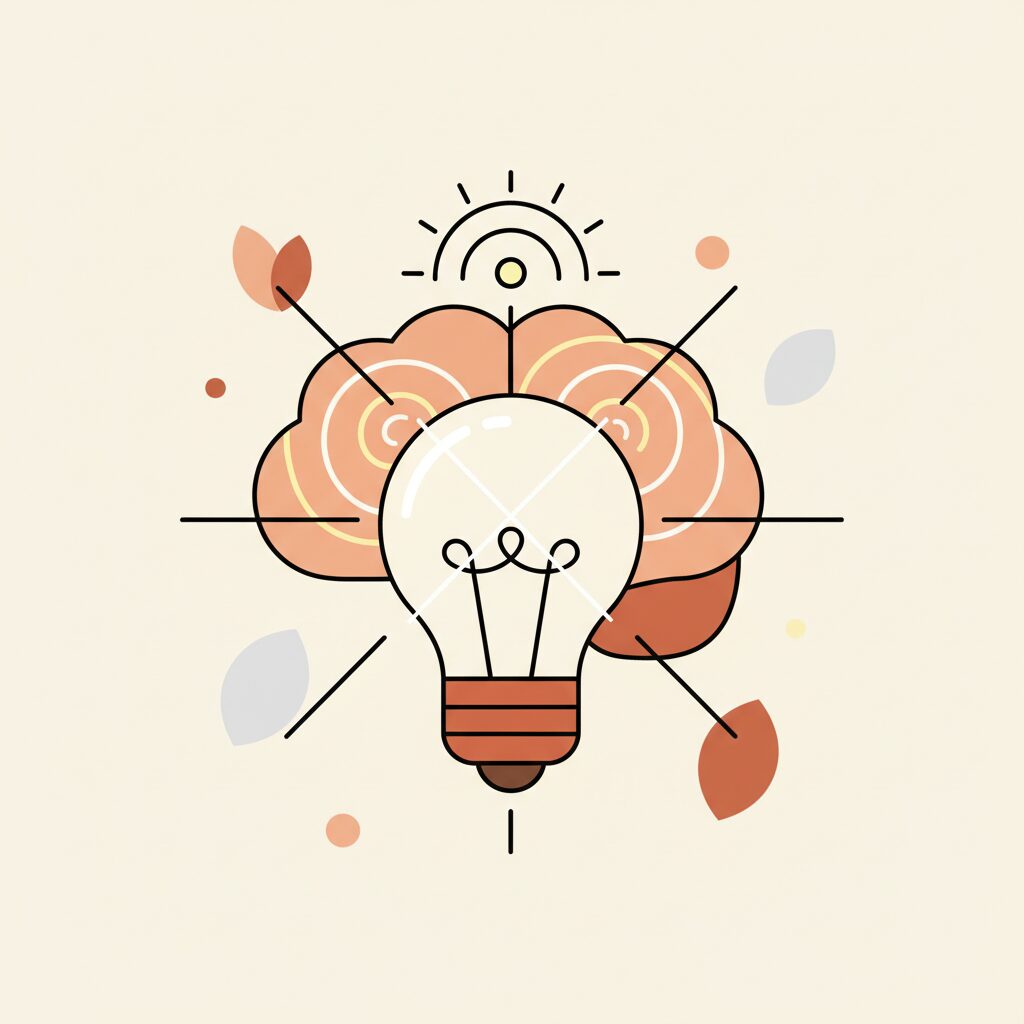
Can you imagine being aware of everything happening around you while being completely unable to show it? That’s the reality for many comatose patients who experience what researchers call “covert consciousness” – a state where they’re awake inside but can’t communicate what they perceive. The latest breakthrough in AI technology gives us extraordinary insight: machine learning algorithms are detecting these hidden signs of consciousness days before human doctors can spot them.
What hidden consciousness might we miss while rushing through our daily lives and parenting moments? What unseen worlds exist right before our eyes?
Can AI Detect Awareness We Might Otherwise Miss?
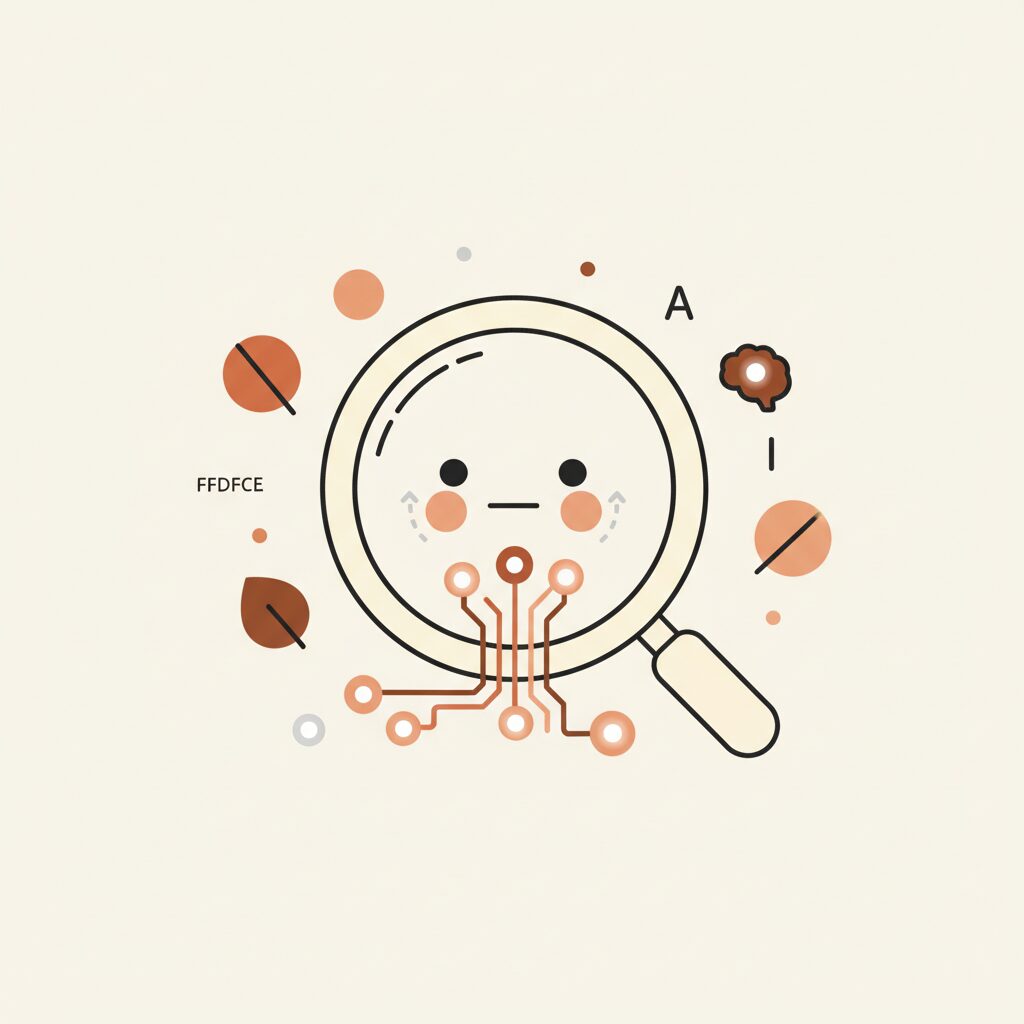
Researchers from Stony Brook University developed an AI system called SeeMee that analyzes thousands of video clips to detect subtle facial movements in comatose patients that escape the human eye. While doctors typically rely on visible responses like eye-opening or following commands, the AI could detect these emerging signs an average of 4.1 to 8.3 days earlier in some cases.
“When somebody recovers consciousness, it’s almost like a flickering bulb,” explains Dr. Mofakham, one of the lead researchers. “What we found was: patients develop small movements before going to more obvious movements.”
This breakthrough reminds me of watching my seven-year-old daughter learn to read last year. Her eyes lit up when she first read a word solo, though she couldn’t explain it—just this quiet spark of pride that someone looking closely might catch about her developing consciousness.
What Does ‘Covert Consciousness’ Teach Us About Parenting?
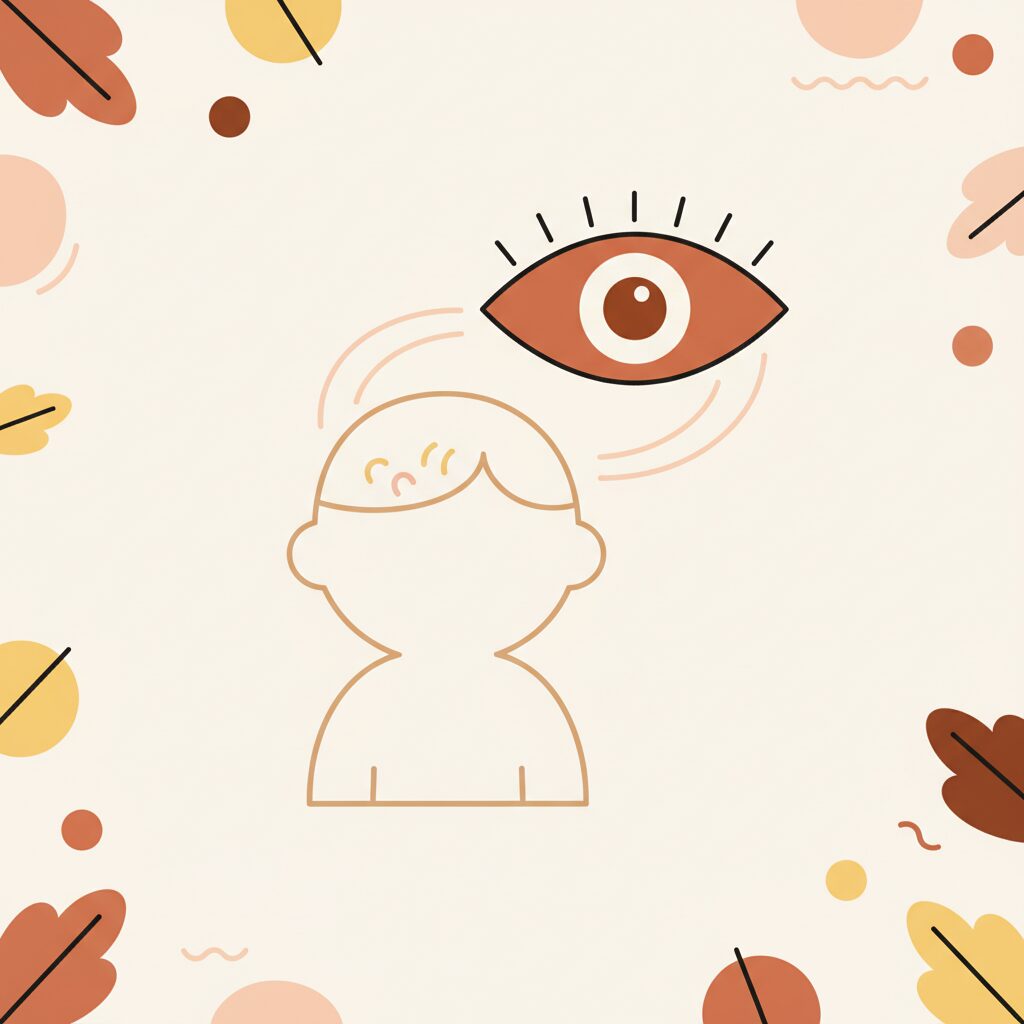
This precision in observation isn’t just for hospitals—it resonates deeply with how we parent. The term “covert consciousness” struck me particularly hard. It describes a state where patients show no external signs of awareness, yet inside they’re comprehending everything. That sounds hauntingly familiar to anyone who has watched a child who appears to be daydreaming during a lesson but later demonstrates perfect understanding.
In a study published in Communications Medicine, researchers tested 37 comatose patients and found that AI could detect meaningful facial responses indicating consciousness that were invisible to clinicians. This isn’t just a technical achievement – it represents hope for families waiting in hospital corridors for any sign that their loved ones still know they’re there.
Isn’t parenting often about noticing the subtle signals our children send?
That glance across the playground that signals friendship forming, the way their art might reflect something they’re struggling to express verbally, or the quiet persistence that shows they’re grappling with something important. When we truly watch our children, we’re essentially performing our own version of “SeeMee” – detecting the subtle signs that might otherwise be missed in their unspoken consciousness.
How Can We Apply AI’s Observational Power to Parenting?
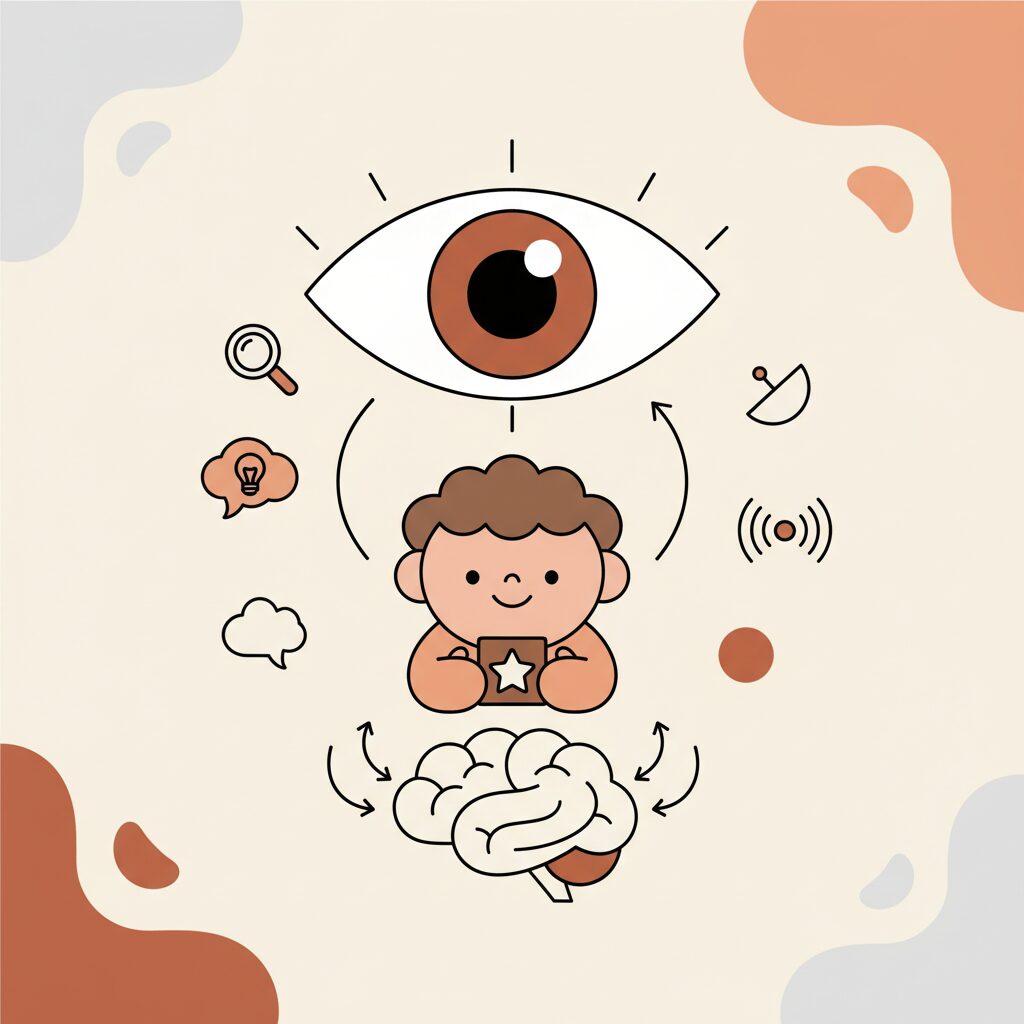
The AI technology has already led to meaningful clinical outcomes for patients, providing doctors and family members with crucial information to make treatment decisions. But beyond the medical applications, this breakthrough teaches us an important lesson about the value of careful observation – a skill every parent develops almost instinctively.
What if we approached parenting with this same level of analytical insight? Not to diagnose, but to truly understand. To notice the micro-expressions that reveal genuine interest versus polite engagement. To catch those fleeting moments when our children are wrestling with big questions but haven’t found the words to share them.
My daughter has this habit when she’s deeply engaged in drawing – her tongue peeks out just a little bit, her pencil moves with fierce concentration. To a casual observer, it might just look like a child coloring. But that subtle gesture tells me she’s completely absorbed, following her own internal vision. I might miss that if I weren’t paying close enough attention to the consciousness behind her actions.
How Much Awareness Remains Undetected in Our Daily Interactions?
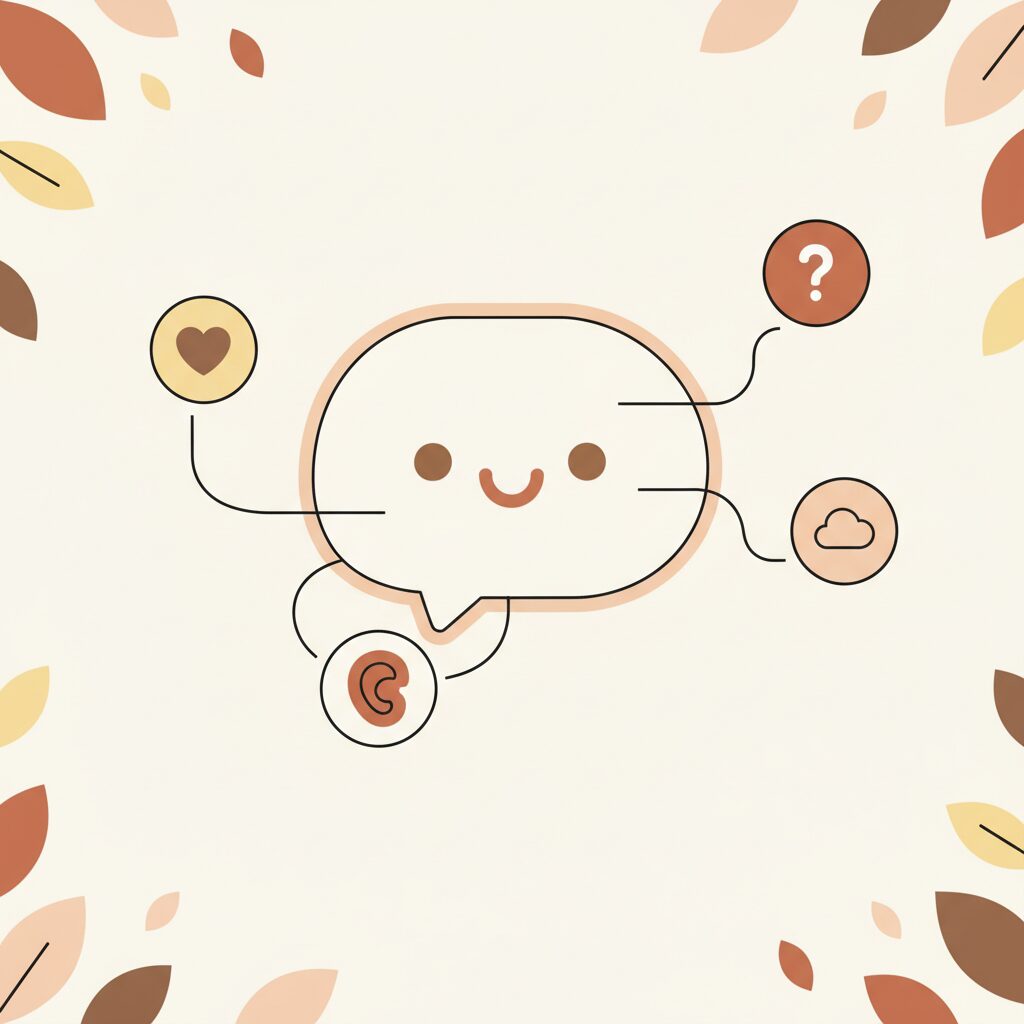
The researchers found one in four behaviorally unresponsive patients was covertly conscious. That statistic makes you wonder how much awareness exists in any human interaction that simply goes undetected because we’re not looking closely enough or with the right tools.
In our family, we’ve made it a habit to put away devices during meals. Those precious minutes have revealed so much about my daughter’s inner world – from elaborate stories about playground adventures to philosophical questions about kindness and fairness that emerge when she feels truly safe and seen. Without that intentional distraction-free space, those insights might have remained “covert,” hidden behind the noise of everyday life.
The technology doesn’t replace human connection – it enhances our ability to see it. Like any powerful tool, AI in education can help us understand patterns of consciousness we might otherwise miss, but it still requires human interpretation and care.
What Are the Hidden Worlds Our Children Experience Daily?

As we prepare to head into the weekend with what promises to be partly cloudy skies perfect for outdoor play in our neighborhood parks, I’m reminded that some of life’s greatest treasures aren’t obvious at first glance. They’re in the quick glances, the subtle movements, the quiet moments of connection that exist just below our conscious perception.
What invisible worlds might our children be exploring that we haven’t yet found a way to access?
What creativity is bubbling beneath the surface of their seemingly ordinary activities? The AI consciousness detection breakthrough reminds me – and should remind all of us – that worth lies not just in observable achievements, but in the rich inner experiences our children navigate every single day.
When we truly observe our children’s creativity, we discover entire universes of imagination unfolding within their focus. The AI researchers discovered that tiny movements held profound meaning – and so do our children’s seemingly random creativity if we only take the time to understand the consciousness behind them. The most magical moments emerge when we follow their lead rather than attempting to redirect them, when we create space for the invisible connections within their play to become visible to us.
Perhaps the most profound lesson of all is that sometimes, the most valuable discoveries come not when we’re searching intensely, but when we’re simply observant, present, and willing to see the invisible gems that surround us every day.
Let’s make this week about truly seeing – not just with our eyes, but with our hearts and minds attuned to the subtle signals of consciousness, creativity, and connection that our children share with us in so many ways.
Source: AI Spots Hidden Signs of Consciousness in Comatose Patients before Doctors Do, Scientific American, 2025/08/31 12:00:00
